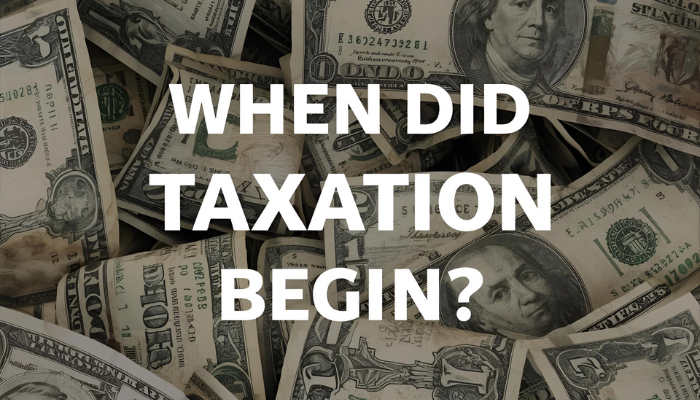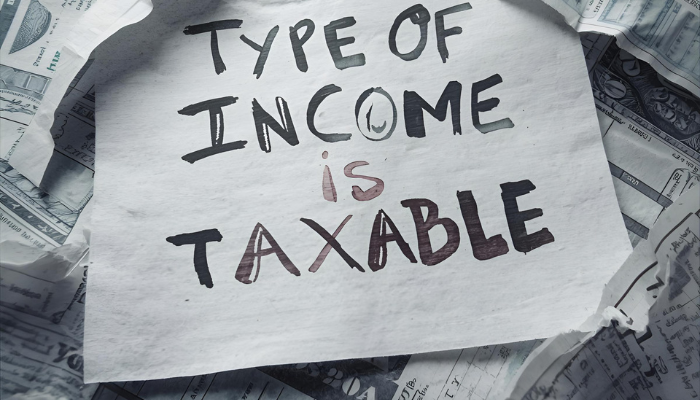
When Did Taxation Begin?
Taxes are mandatory for better functionality of countries and their economies. They enable governments to fund public services, defense, welfare, and infrastructure. There are times when you may think about when did taxation begin.
Well, the detailed answer to this question offers both a distant historical perspective and the specific evolution in the US. Therefore, L&Y Tax Advisors helps you trace the origins of taxation generally. We have also focused on the development and implementation of taxation in America.
When Did Taxes Begin in the World?
You may be surprised to know that taxation is not a new invention. The earliest secure records of tax systems extend to ancient civilizations. In Mesopotamia around 3300 BC, clay tablet inscriptions record tribute and obligations to rulers.
In ancient Egypt between 3000 and 2800 BC, Pharaohs imposed levies on:
- Grain
- Livestock, and
- Other produces
Throughout human history, rulers imposed direct and indirect taxes on:
- Land
- Goods
- Trade
- Labor
Therefore, such a system was used to support:
- Governance
- War
- Public works
Read: What is an industrial accountant?
When Did Taxation Begin in the United States?
In America, taxation was rooted with the founding of the nation. In 1791, Congress enacted tariffs on:
- Imports
- Excise taxes (notably a whiskey tax)
These were among the first federal revenue measures. Still, for much of the 19th century, federal revenue relied pre-dominantly on customs duties (tariffs) and excise taxes.
Direct taxation of individual income was rare. It was seen as a temporary measure in times of crisis.
Early History of the US Taxation
During the Civil War, the federal government faced massive revenue demands. To fulfill those demands, Congress passed the Revenue Act of 1861. It enforced a 3% tax on incomes above $800. In 1862, Congress refined that tax with a progressive scale. It was:
- 3% on incomes over $600
- 5% on incomes above $10,000
However, these wartime taxes were viewed as temporary. The income tax was nullified by 1872.
In 1894, Congress attempted again with the Wilson-Gorman Tariff Act. It imposed a flat 2% tax on incomes over $4,000. However, the Supreme Court struck it down in Pollock v. Farmers’ Loan & Trust Co. (1895), ruling it an unconstitutional direct tax since it violated the apportionment requirement.
Read: What is CPA track?
Birth of the Federal Income Tax
The turning point came with the Sixteenth Amendment. It was passed by Congress in 1909 and ratified February 3, 1913. This amendment allowed Congress to levy income taxes without apportionment among states.
Later in 1913, under President Woodrow Wilson, the Revenue Act of 1913 re-established a federal income tax. The starting of this tax was 1% on incomes above $3,000. Afterwards, it rose to 7% at high brackets, and a corporate tax as well.
This structure is now constitutional. It formed the basis for the income tax system. It has finally evolved over the previous and current centuries.
The Bottom Line
So, when did taxation begin?
In a global sense, taxation dates back thousands of years to early civilizations like Mesopotamia and Egypt. In the US, taxation in various forms existed from the early republic. But, federal income taxation in a lasting, constitutional form began in 1913 with the ratification of the Sixteenth Amendment and the passage of the Revenue Act of 1913.
Today, the tax system is the result of centuries of legal, economic, and political, and evolution. It underscores the importance of informed tax advice in navigating your obligations and opportunities.
Get the best online CPA services in the US for your personal and professional taxation concerns.


